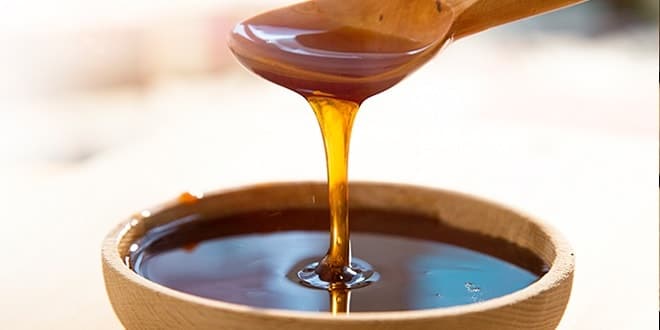Jelatin Üretimi, Özellikleri ve Kullanımı ( Dr. Hasan YETİM )
Özet
Kollajenin jelatine dönüşümünün incelendiği bu çalışmada, jelatinin fizikokimyasal yapısı, mevcut kullanımı ve geleceği kısaca değerlendirilmiştir. Jelatin, sığır, koyun, keçi ve domuz gibi hayvanların bağ dokular ı ve kemiklerinden ekstrakte edilen kolajenin, kısmi hidrolizi ile üretilen, yapısal olarak geri dönüşümsüz saf bir proteindir. Üretim öncesi kollajen olmayan materyallerden temizlenen deri ve kemikler, asit veya alkali muamelesi sonrası sulu ortamda ısıl işleme tabi tutulur ve bulunduğu ortamdan ekstrakte edilerek saflaştırılır. Hayvan vücudunda bulunan proteinlerin yaklaşık % 60’ı kollajendir ve üretilen jelatinin, genel olarak bileşimi çok büyük bir değişime uğramamaktadır. Üretim sürecinde, polipeptit uzunluğu kısalmakla beraber amino asit dizeleri büyük oranda korunmaktadır. Jelatin, sahip olduğu teknolojik özellikleri nedeniyle, gıda, kozmetik, fotoğrafcılık, tıp ve eczacılık alanında çok geniş bir kullan ım alanı bulmuştur. Son zamanlarda, kollajen veya jelatinden, enzimatik hidroliz yoluyla antimikrobiyel, antioksidant ve antihipertansif bazı biyoaktif peptidlerin üretimi konusunda da çal ışmalar yapılmaktadır. Bugün Dünyada yaklaşık 300 bin ton civarında jelatin üretildiği ve 2015 yılına kadar da bu rakamın 360 000 tona çıkacağı beklenmektedir. Ülkemizde ise yılda 5000 ton civarında jelatin kullanılmakta, bunun da tamamı ithal edilmektedir. Doğal bir protein olması ve teknolojik olarak önemli özelliklere sahip olmas ı, jelatinin önümüzdeki yıllarda da üretim ve tüketiminin artarak devam edeceğinin bir göstergesi sayılmaktadır. Ancak özel tercih ve hassasiyetleri olan tüketiciler için jelatin üretiminin kontrollü şartlarda yapılması ve kaynağının titizlikle takip edilmesi çok büyük önem taşımaktadır.
Anahtar Kelimeler: Kollajen, jelatin, üretim aşamaları, kullanım alanları.
Abstract
In the present study, conversion of collagen into the gelatin and its physicochemical structure, present use and future were discussed. Gelatin is a structurally irreversible form of a protein derived from the collagen of the skin, bone and connective tissue of various domestic animals including hog, cattle, sheep, poultry and fish. In the production process, all the impurities are removed from the collagenous raw material with an acid or alkaline treatment and then subject to heat in aqueous environment prior to extraction and purification. Collagen accounts for the approximately 60%of all proteins present in the animal, and the molecular structure of gelatin would unlikely undergo to dramatic changes during the production. Although the length of polypeptide chains is altered during the process, the amino acid sequences are substantially remained same. Gelatin finds very broad use in the industry due to its technological properties in the areas of processed food, pharmacology, cosmetic and photography. Recently, some studies have also been conducted for the production of certain bioactive peptides having antimicrobial, antioxidant and antihypertensive properties by the enzymatic hydrolysis of collagen or gelatin. Current annual gelatin production in the world is about 300 000 tonnes while the figure is expected to reach 360 000 tonnes by the 2015. In this country, the annual demand for gelatin is about 5 000 tonnes and most of it is imported. It could be anticipated that the production and consumption of gelatin will increasingly continue in the future since it is a natural protein and possesses so many technological properties. In conclusion, it should be emphasized that the production of gelatin under strictly controlled conditions and tracing its source are critically important issues for the consumers who have special sensitivity and preferences.
Keywords: Collagen, gelatin, production steps, areas of use.
…



